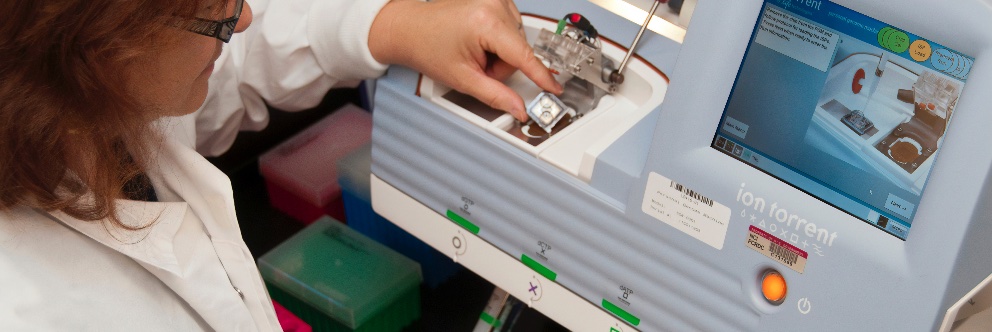Publications
SphygmoCor for central blood pressure and arterial stiffness assessments is supported by more than 4,000+ peer-reviewed publications. Following is a list of recent articles as well as highlights of articles published in specific clinical areas.
Hypertension
Novel uses of office-based measures of arterial compliance
Office-based blood pressure monitoring has been the primary way of managing the cardiovascular risk associated with a diagnosis of hypertension. As research unfolds the nature in which the pulse waveform is generated, additional insights beyond....
Recent Studies
Publications By Category
Recent Studies
Late-Life Blood Pressure Association with Cerebrovascular and Alzheimer Disease Pathology
Association Between Ambulatory Blood Pressure Values and Central Aortic Pressure in a Large Population of Normotensive and Hypertensive Patients
Surrogate Markers of Cardiovascular Risk and Chronic Obstructive Pulmonary Disease
Hypertension
Novel uses of office-based measures of arterial compliance
Clinical use of pulse wave analysis: proceedings from a symposium sponsored by North American Artery
Arterial stiffness is associated with increase in blood pressure over time in treated hypertensives
Central hemodynamics and target organ damage in hypertension
Association of central and peripheral blood pressures with intermediate cardiovascular phenotypes
A randomized pilot study of aortic waveform guided therapy in chronic heart failure
Indices of central aortic blood pressure and their impact on cardiovascular outcome
Choosing an antihypertensive combination with a more efficient central blood pressure reduction
Renal Disease
Central blood pressure and chronic kidney disease
Pulse wave velocity predicts response to renal denervation in isolated systolic hypertension
Large artery stiffness using SphygmoCor technology
Novel uses of office-based measures of arterial compliance
Clinical use of pulse wave analysis: proceedings from a symposium sponsored by North American Artery
Arterial stiffness and chronic kidney disease: lessons from the chronic renal insufficiency study
Arterial stiffness and chronic kidney disease
Arterial stiffness and its clinical implications in women
Central hemodynamics and target organ damage in hypertension
Association of central and peripheral blood pressures with intermediate cardiovascular phenotypes
A randomized pilot study of aortic waveform guided therapy in chronic heart failure
Indices of central aortic blood pressure and their impact on cardiovascular outcome
Choosing an antihypertensive combination with a more efficient central blood pressure reduction
Cognitive Function
Late-Life Blood Pressure Association with Cerebrovascular and Alzheimer Disease Pathology
Blood pressure and cognitive function: the role of central aortic and brachial pressures
Association between central blood pressure, arterial stiffness, and mild cognitive impairment
Association Between Central Blood Pressure and Subclinical Cerebrovascular Disease in Older Adults
Sports Medicine
Large artery stiffness assessment using SphygmoCor technology
Impact of American-style football participation on vascular function
Aerobic exercise training reduces arterial stiffness in metabolic syndrome
Effects of resistance training on central blood pressure in obese young men
Resistance, aerobic, and combination training on vascular function in overweight and obese adults
Effects of resistance training on arterial stiffness: a meta-analysis
Association of age with timing and amplitude of reflected pressure waves during exercise in men





